Stretching along India’s south-western coast is Kerala, a thin state of unrivaled natural beauty and cultural richness. Popularly known as “God’s Own Country,” this tropical paradise offers tourists an intoxicating combination of peaceful backwaters, mist-shrouded mountains, pristine beaches, and colorful traditions.
The distinctive Kerala experience balances traditional practices with forward-thinking, rendering it a place unlike any other in India or the world. Kerala presents visitors with memories that linger in all senses. These are 20 stunning sights and experiences that capture the best of this amazing place.
Alleppey Backwaters
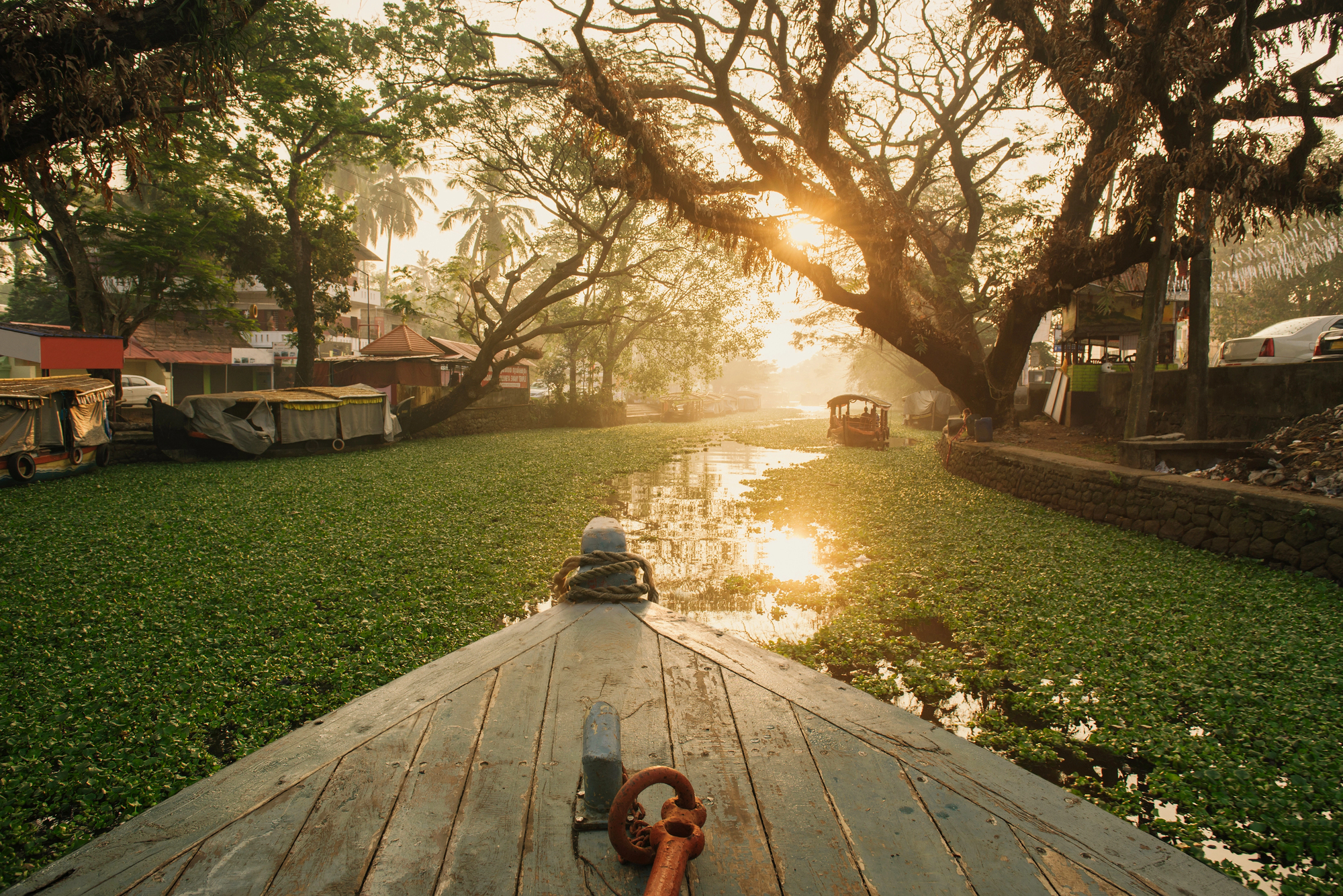
These interconnected lagoons, lakes, and canals are so beautiful that they constitute a resplendent maze best explored on a traditional houseboat known as a kettuvallam. Once used to ship rice and spices, these vessels today serve as floating guesthouses crowned with thatched roofs above snug living areas.
Plying along thin channels flanked by coconut palms, tourists have the experience of watching rural village existence being paraded past the banks. The glassy, quiet waters reflect the lush greenery and changing heavens to a tee, and they provide a photographer’s heaven.
Periyar Wildlife Sanctuary
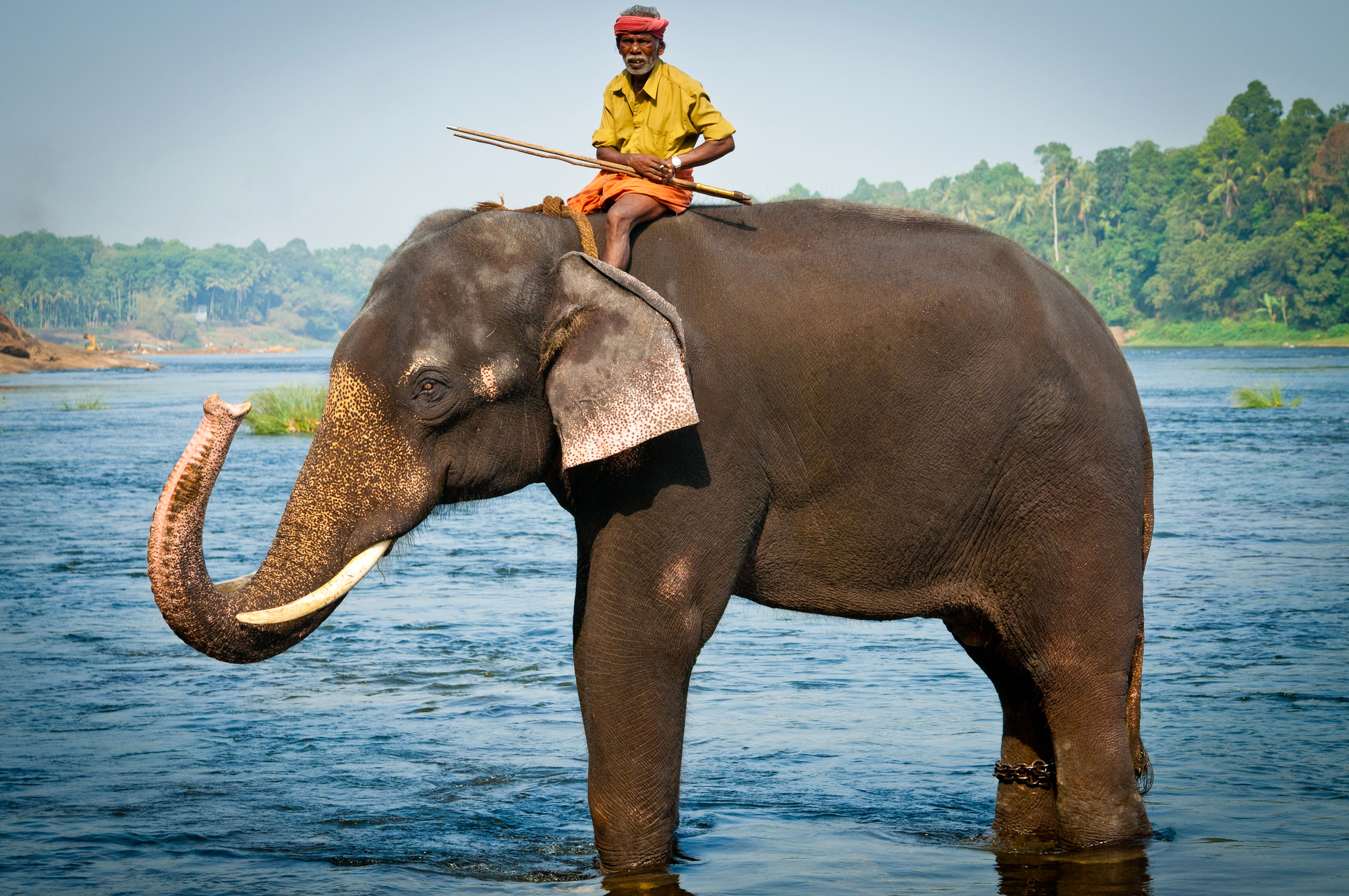
This biodiverse haven in the Western Ghats mountain range is home to elephants, tigers, gaur, sambar deer, and over 265 bird species. Early morning boat tours on Periyar Lake are excellent for wildlife spotting as animals gather on the lake’s edge.
The sanctuary also offers guided jungle walks, bamboo rafting excursions, and night forest camps. Conservation-based tourism practices ensure these activities are sustainable while supporting the conservation of endangered species.
Fort Kochi
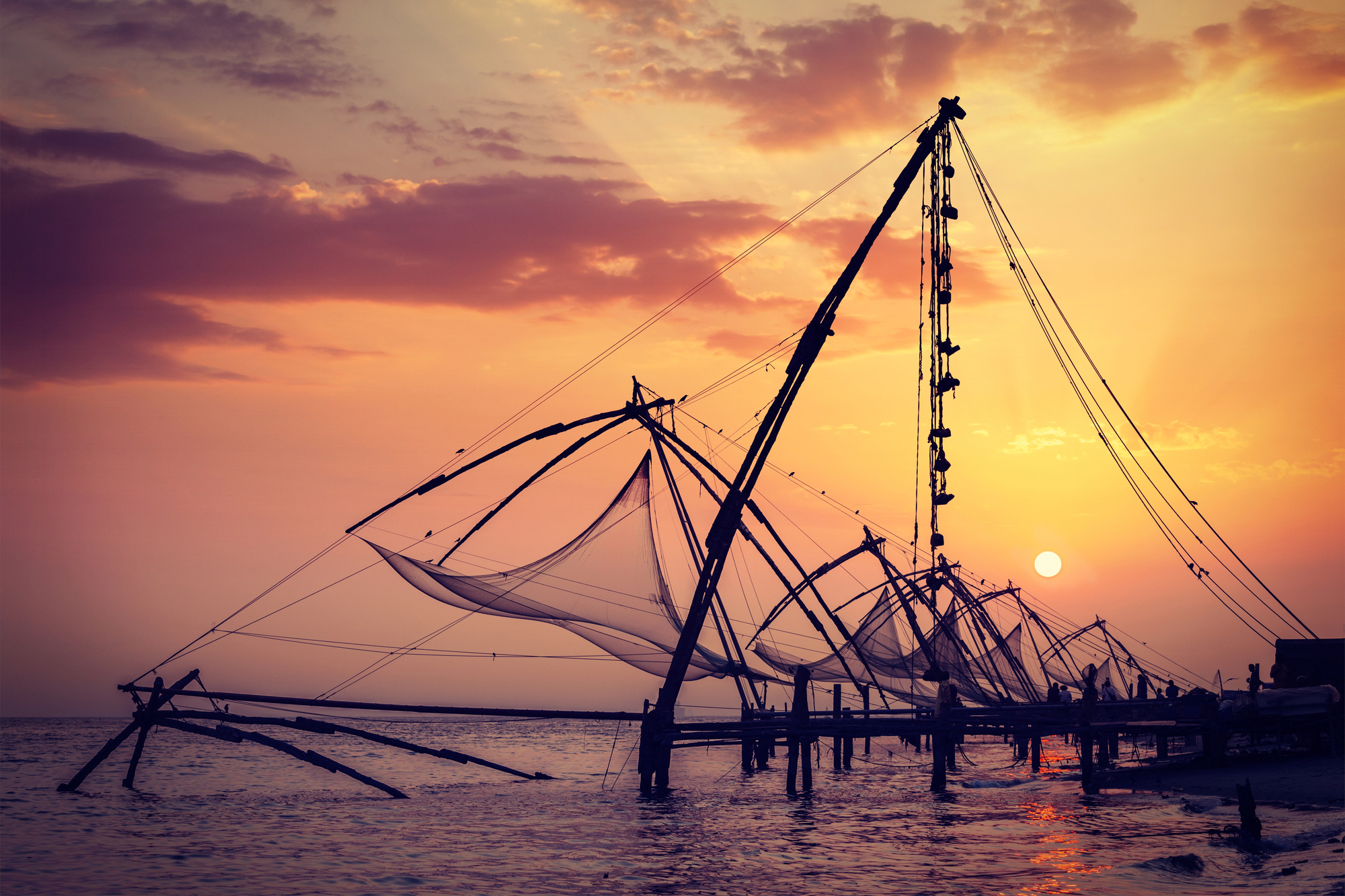
This heritage district brims with colonial architecture with Portuguese, Dutch, and British influences. Chinese fishing nets on the harbor, imported by Kublai Khan’s court traders, stand out against the hues of sunset horizons as individual silhouettes.
Winding alleys give way to heritage buildings like St. Francis Church, which was built in the 16th century and India’s oldest European church, where Vasco da Gama was originally buried. The place is renewed every two years when Kochi-Muziris Biennale converts historic warehouses and public spaces into galleries for art installations of the modern age.
Like Travel Pug’s content? Follow us on MSN.
Munnar Tea Plantations
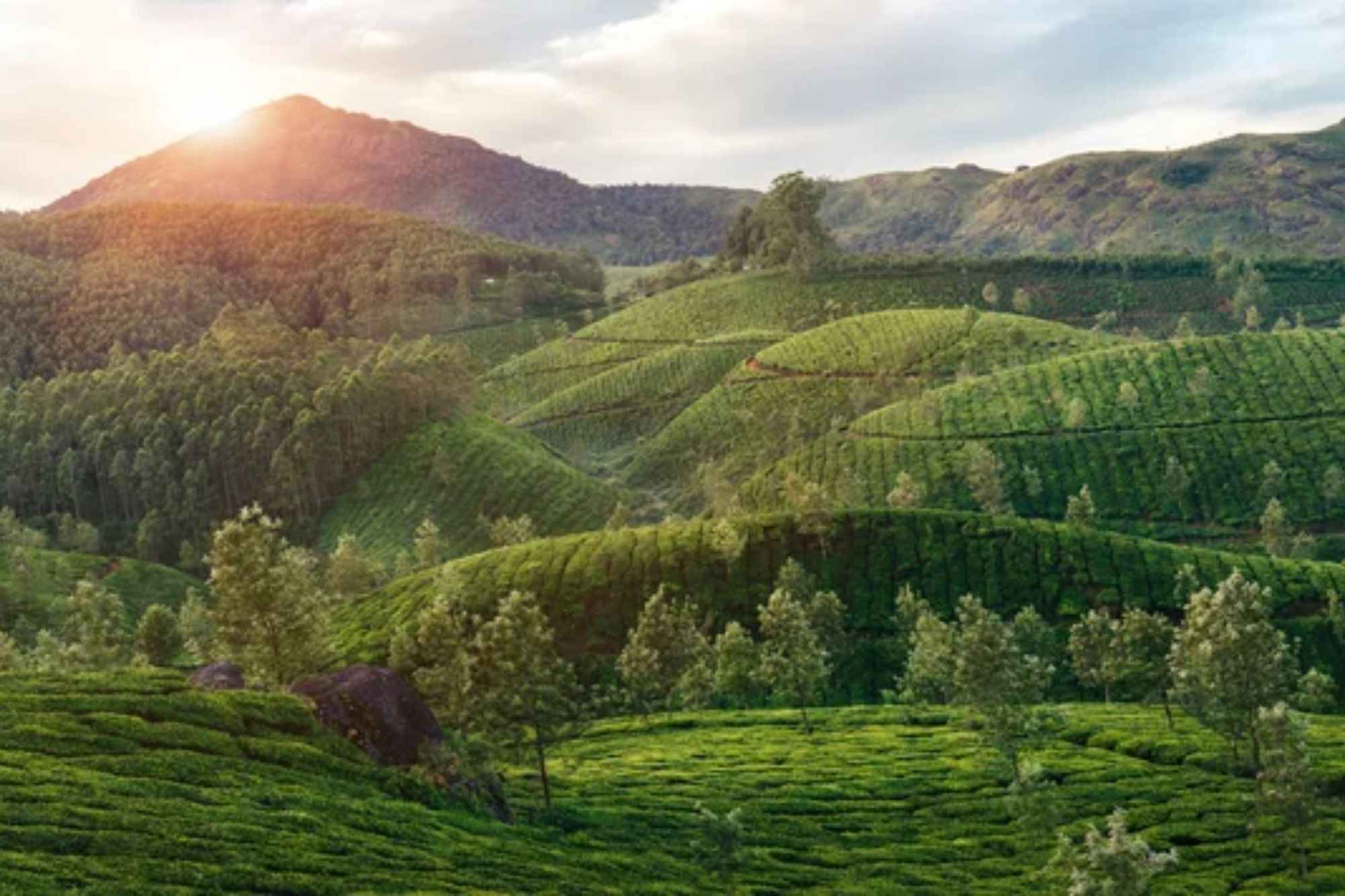
Soft hills draped in carpets of green tea bushes create geometric shapes on this highland plateau. The morning fog often hangs over the plantations, slowly rising to reveal a curtain from stunning mountain vistas.
Visitors can tour tea factories to see traditional processing at work before sampling freshly brewed tea varieties. The Eravikulam National Park, lying in the vicinity, protects the endangered Nilgiri tahr mountain goat.
Bluish-purple blooms spread over patches of such hillsides during the brief neelakurinji flowering, visible every twelve years.
Kathakali Performances
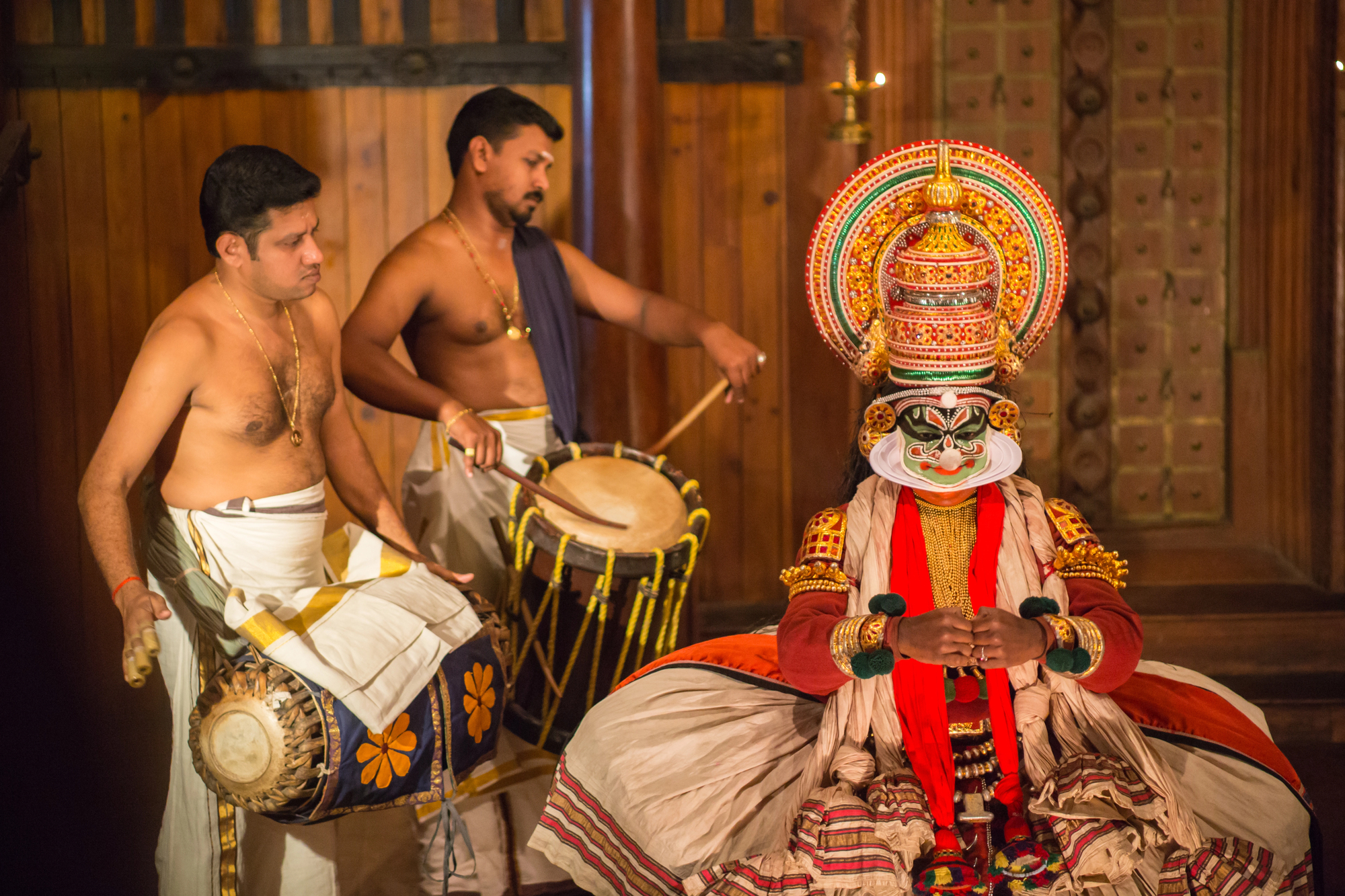
A dance-drama masterpiece that spins in intricate faces, precise hands, and bodily postures to narrate Hindu epic stories. Decades of rigorous training enable artists to excel at this art.
The pre-performance use of makeup, which transforms the actors into gods, demons, and heroes using natural colors, is time-consuming and has now turned into an enjoyable ritual for tourists to see. Cultural complexes operated by dedicated volunteers in urban hubs like Kochi and Thiruvananthapuram have evening shows with English commentary so that foreign tourists can appreciate the subtle narrative.
Kovalam Beach
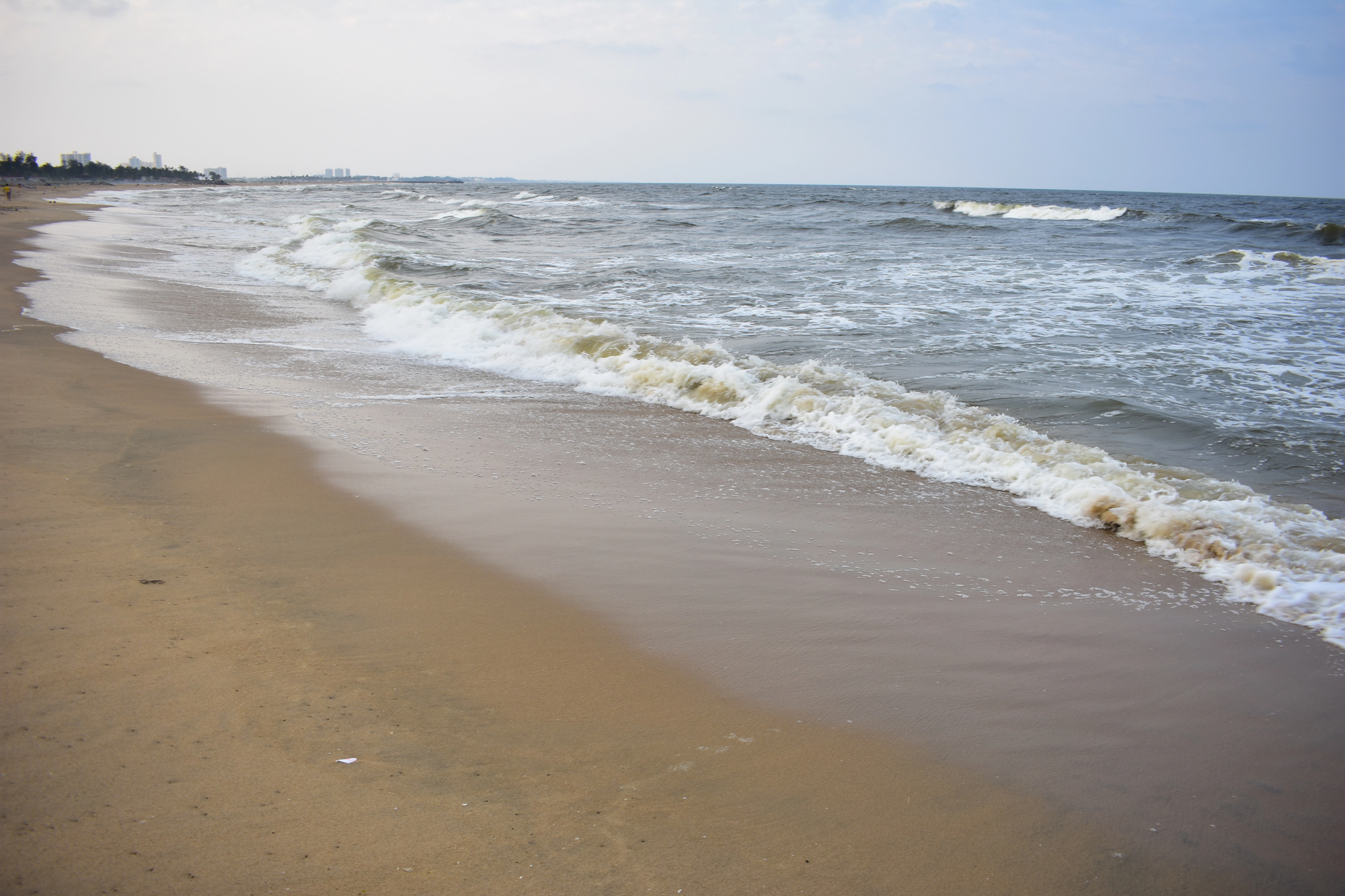
This crescent beach, lined with palms, is Kerala’s favorite seaside destination. The red-and-white striped sentinel lighthouse standing high above the sea offers stunning views to those willing to climb its spiral staircase.
The beach splits into three distinct coves: Lighthouse Beach, the most developed and crowded, and Samudra Beach, with a more secluded feel. Ayurvedic treatment centers along the beach provide ancient therapies with the healing qualities of sea air.
Like Travel Pug’s content? Follow us on MSN.
Wayanad Wildlife Sanctuary
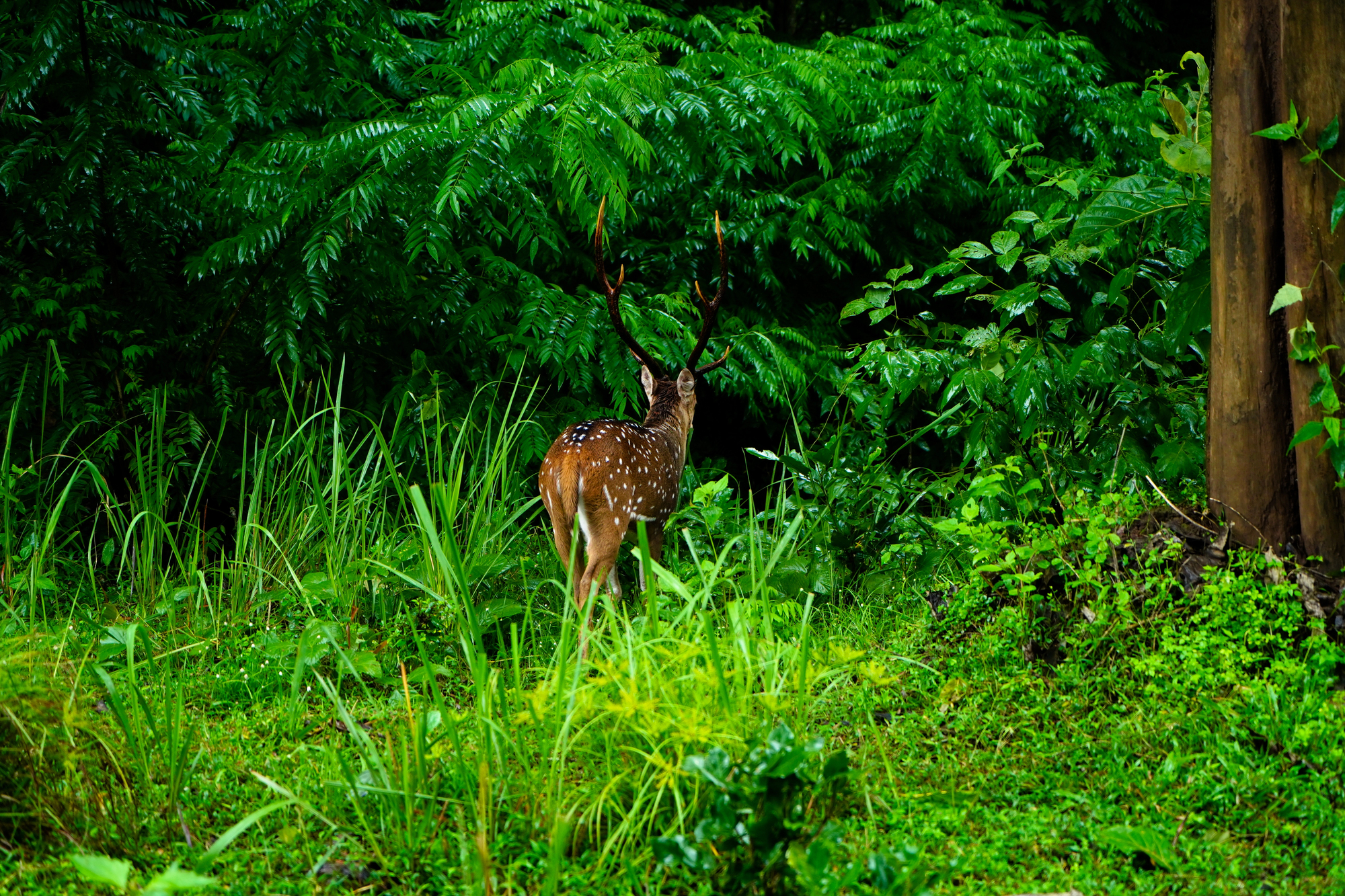
The Western Ghats protected forest contains amazing biodiversity in varied habitats, from wet deciduous forests to high-altitude grasslands. Lucky tourists might glimpse Indian bison, peacocks, or even leopards on guided tours.
Edakkal Caves bear evidence of human habitation dating back 8,000 years in the form of prehistoric petroglyphs. The sanctuary is an important habitat of Kerala’s largest population of elephants and remains critical to watershed protection for the entire region.
Kerala Folklore Museum
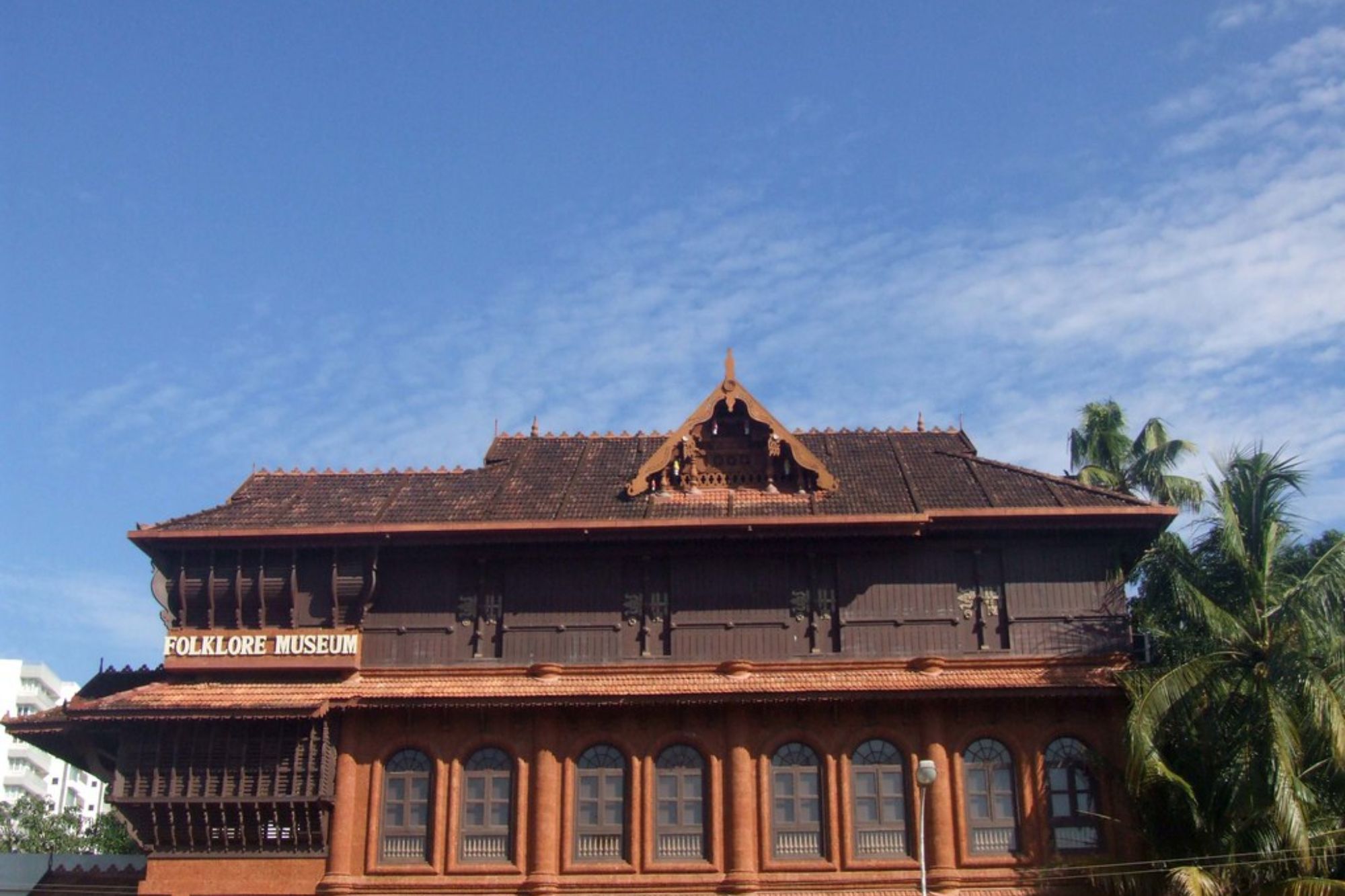
This Kochi architectural wonder boasts over 4,000 artifacts spread across three specially designed floors representing Kerala’s southern, central, and northern architectural traditions. These include ornate temple chariots, ritualistic masks, traditional musical instruments, and ancient manuscripts.
The building itself, constructed using materials salvaged from historic buildings across Kerala, boasts antique wooden ceilings, beautiful carvings, and traditional construction techniques, which also speak volumes about the region’s craftsmanship.
Athirappilly Falls
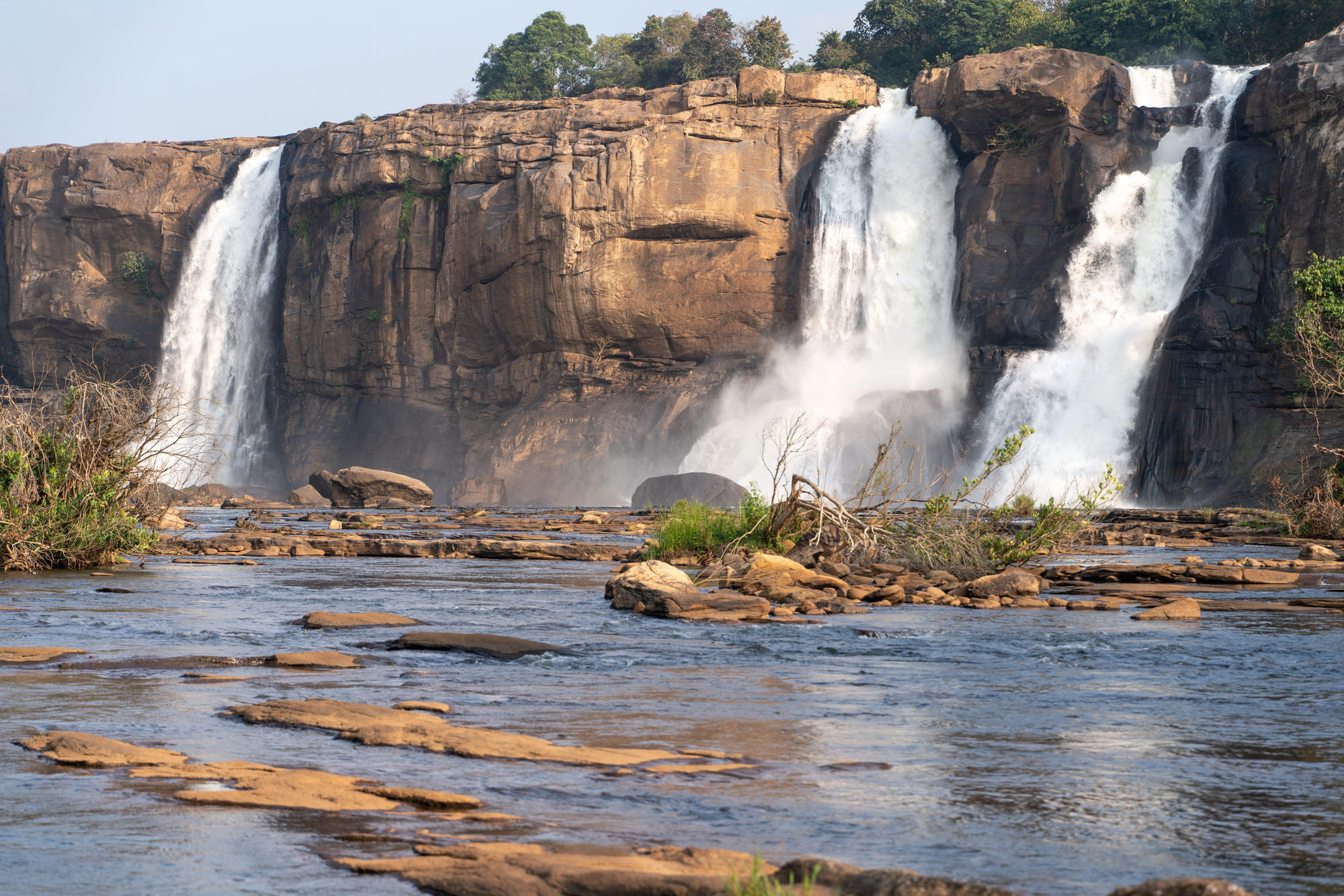
Simply known as the “Niagara of India,” this 80-foot Chalakudy River cascade creates an impressive spectacle when water rushes down stepped rock outcrops, especially during monsoon months. Surrounding the falls is an evergreen jungle inhabited by varied fauna like the hornbill and the critically endangered lion-tailed macaque.
Several viewpoints give tourists a chance to observe the falls from differing perspectives, and the bottom of the falls allows for a sense of dramatic awe at their crashing power. The spot has been the backdrop for a number of Indian films and is thus a vintage Kerala landscape.
Like Travel Pug’s content? Follow us on MSN.
Kumarakom Bird Sanctuary
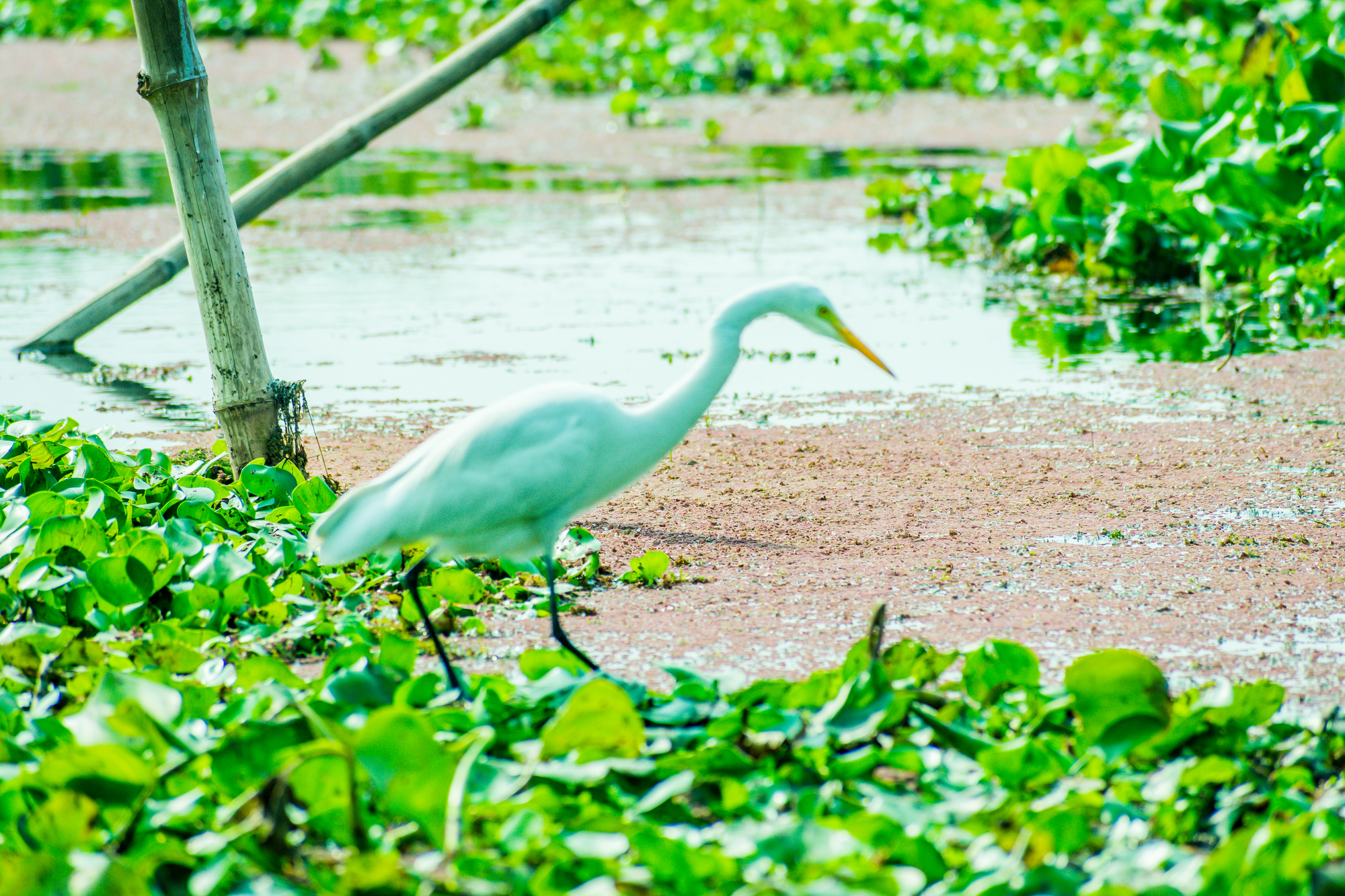
Situated on the banks of Vembanad Lake, this sanctuary receives migratory birds from the Himalayas and even Siberia during winter months. Watchtowers throughout the sanctuary are excellent viewpoints from which to scan for kingfishers, egrets, darters, and herons in the mangroves.
Dawn boat cruises are the most enjoyable bird-watching experience when the sanctuary is filled with a cacophony of calls. Nearby is the Kerala State Institute of Children’s Literature, which has a butterfly garden, adding another dimension to wildlife watching.
Bekal Fort

This gigantic cave fort sticking right out of the Arabian Sea is one of Kerala’s best-preserved historical monuments. Built in the 17th century, its formidable walls are built of laterite and feature watch towers that initially accommodated cannons to guard against naval invasions.
A parapet walkway atop the ramparts provides stunning coastal views, while concealed rooms and underground tunnels indicate the fort’s defensive importance. The adjacent beach provides an access route to appreciate the massive size of the structure from multiple angles.
Cherai Beach
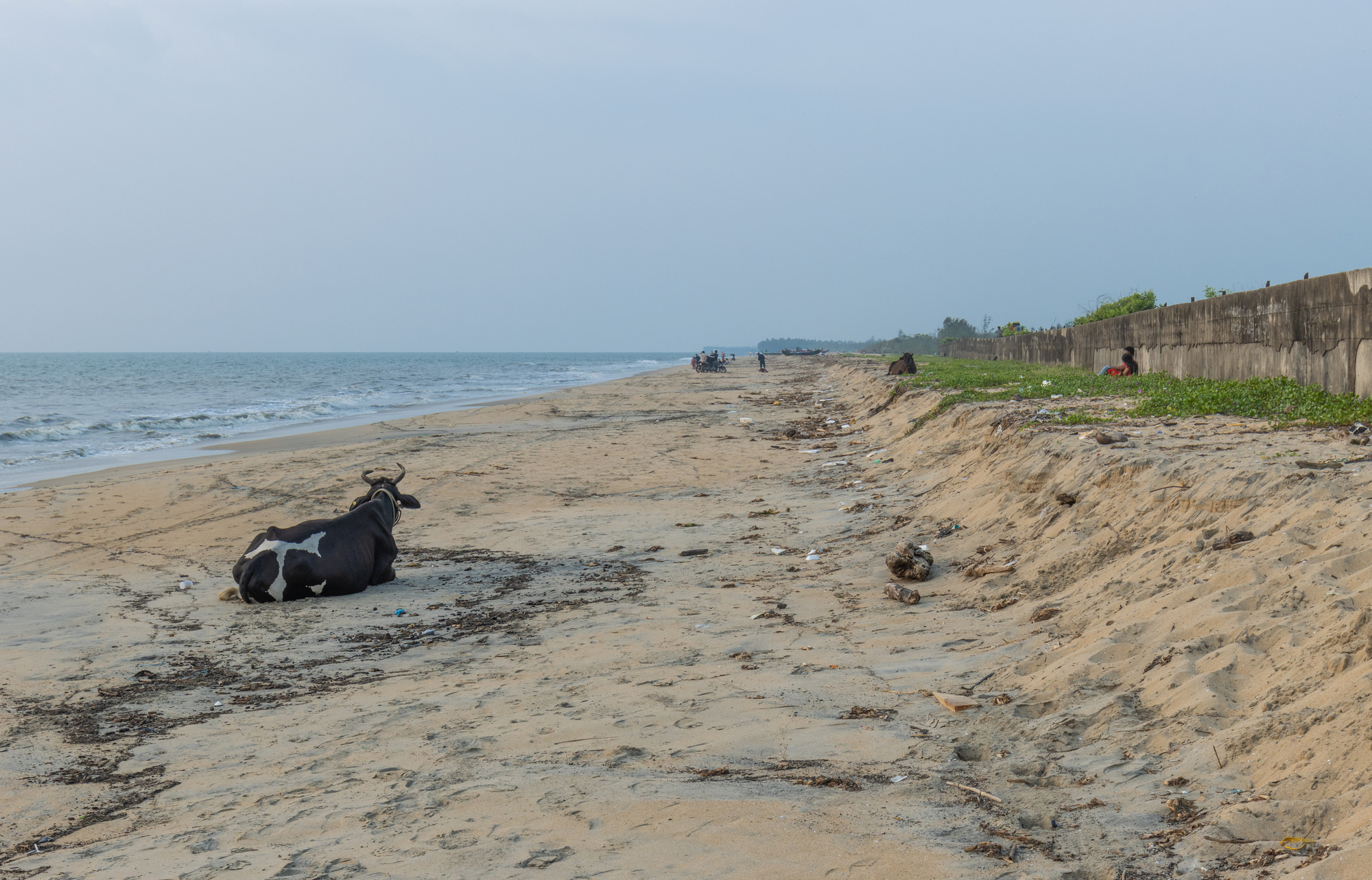
This yellow sand beach, along which the Arabian Sea spills over into the backwaters, offers an unusual coastal experience with softer waves than Indian beaches generally have. A narrow ridge of land separates the sea and the backwaters, offering an engaging landscape contrast.
Dolphin spotting along the coast and crab fishing at sunset have been favorite glimpses. There are still old wooden boats, launched by traditional fishermen from the beach every day, upholding ancient traditions, which have kept coastal communities prosperous generation after generation.
Like Travel Pug’s content? Follow us on MSN.
Thekkady Spice Plantations
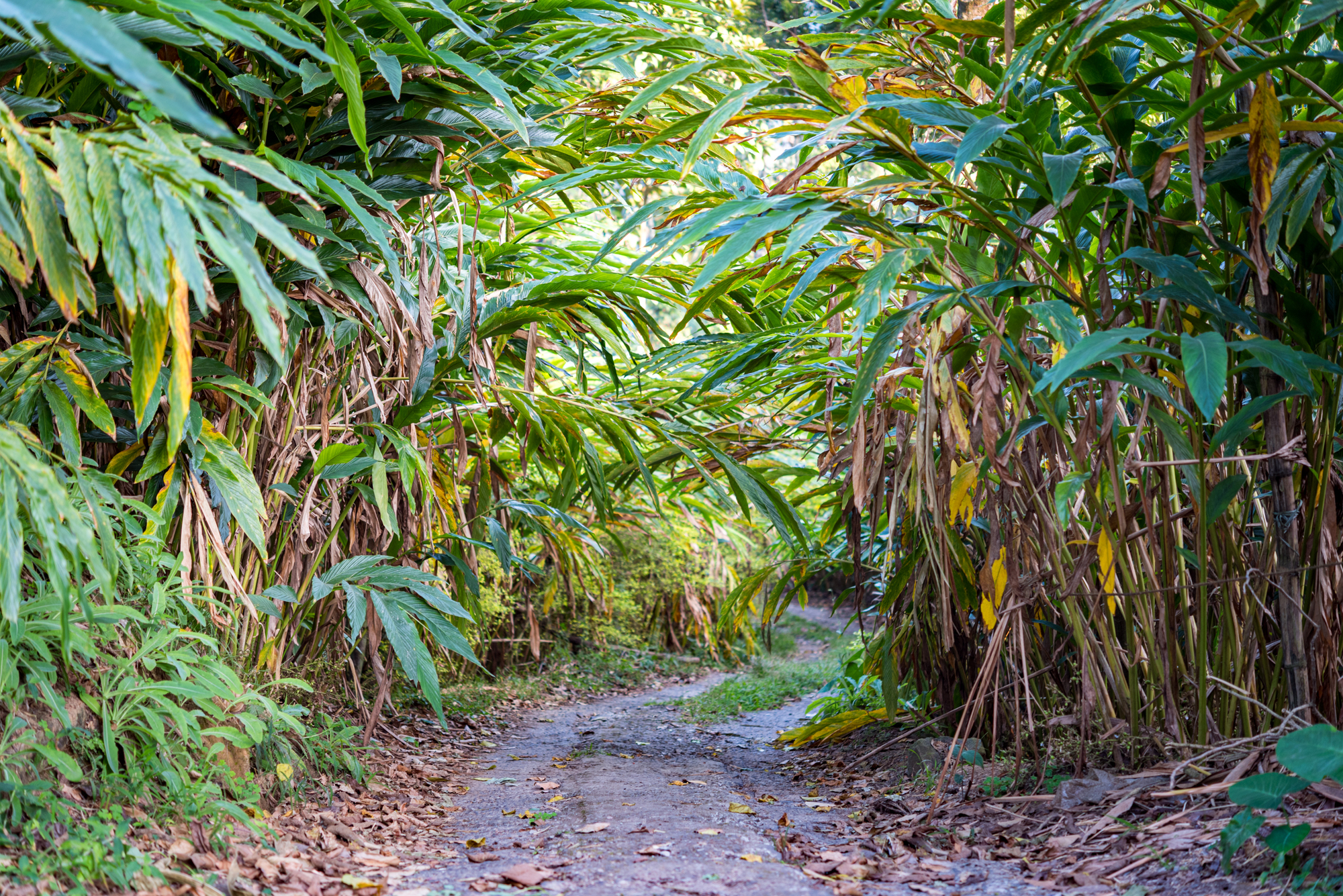
The fragrant hill slopes around Thekkady produce some of India’s finest spices, including cardamom, cinnamon, clove, nutmeg, and pepper. Nature walks in the perfumed gardens allow one to identify plants, discover the age-old practices of cultivation, and observe harvesting techniques.
A few plantations follow organic concepts, leaving forest canopy trees intact to provide shade and natural pest control. Spices, such as freshly picked produce, are available directly from producers, and most tourists take with them the distinct aromas of Kerala.
Alappuzha Beach
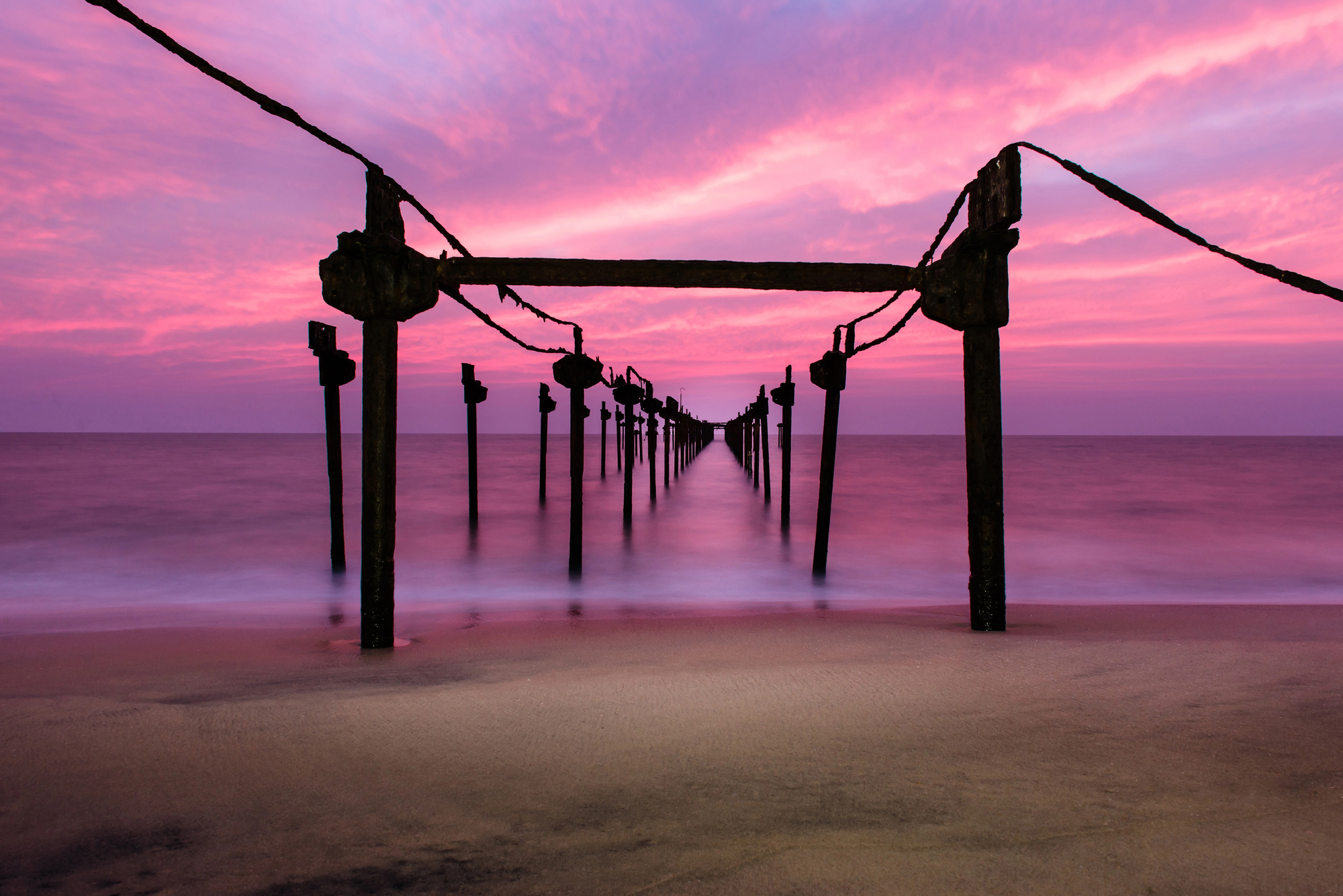
This wide, palm-fringed beach features a 150-year-old pier extending into the sea. Alappuzha Lighthouse, nearby, provides wonderful sea views to tourists who are willing to climb to its observation deck.
Unlike more city-type beaches, Alappuzha retains its fishing character, with fishermen unloading their daily catch on board their boats onto the shore. In December, a beach festival to commemorate the year brings the beachland alive with cultural activities, sand art competitions, and stalls selling local seafood delicacies.
Paradesi Synagogue
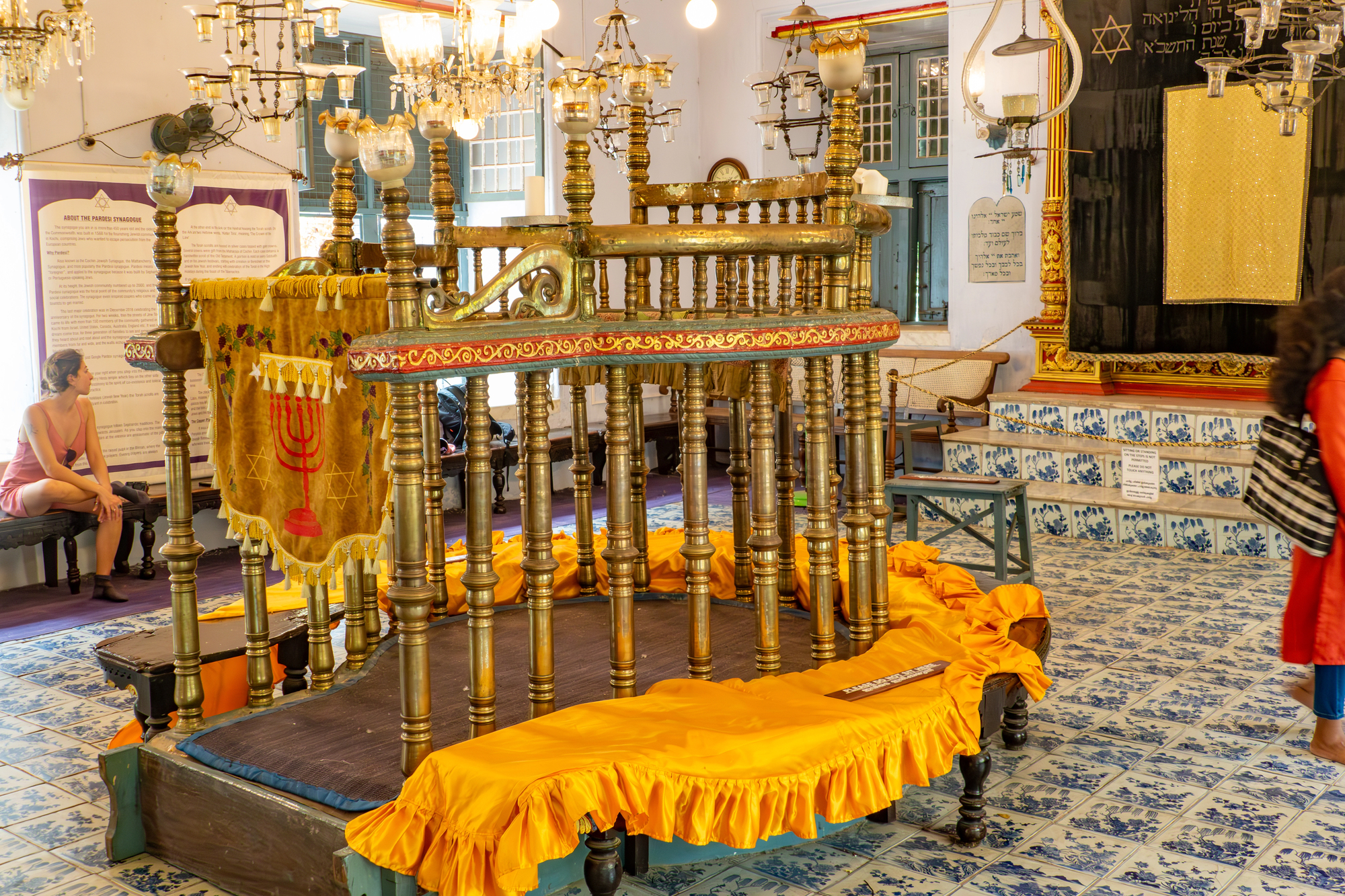
This 1568 building, located in the ancient Jewish Quarter of Kochi, is the oldest functioning synagogue in the Commonwealth countries. Its unique interior, which is unlike any other religious edifice in India, is comprised of hand-painted Chinese tiles, Belgian chandeliers, and a gilded gold pulpit.
The 1760 clock tower is a landmark in the “Jew Town” area. Streets nearby have antique shops and spice merchants, continuing centuries of commercial activity in this multicultural neighborhood.
Like Travel Pug’s content? Follow us on MSN.
Padmanabhapuram Palace
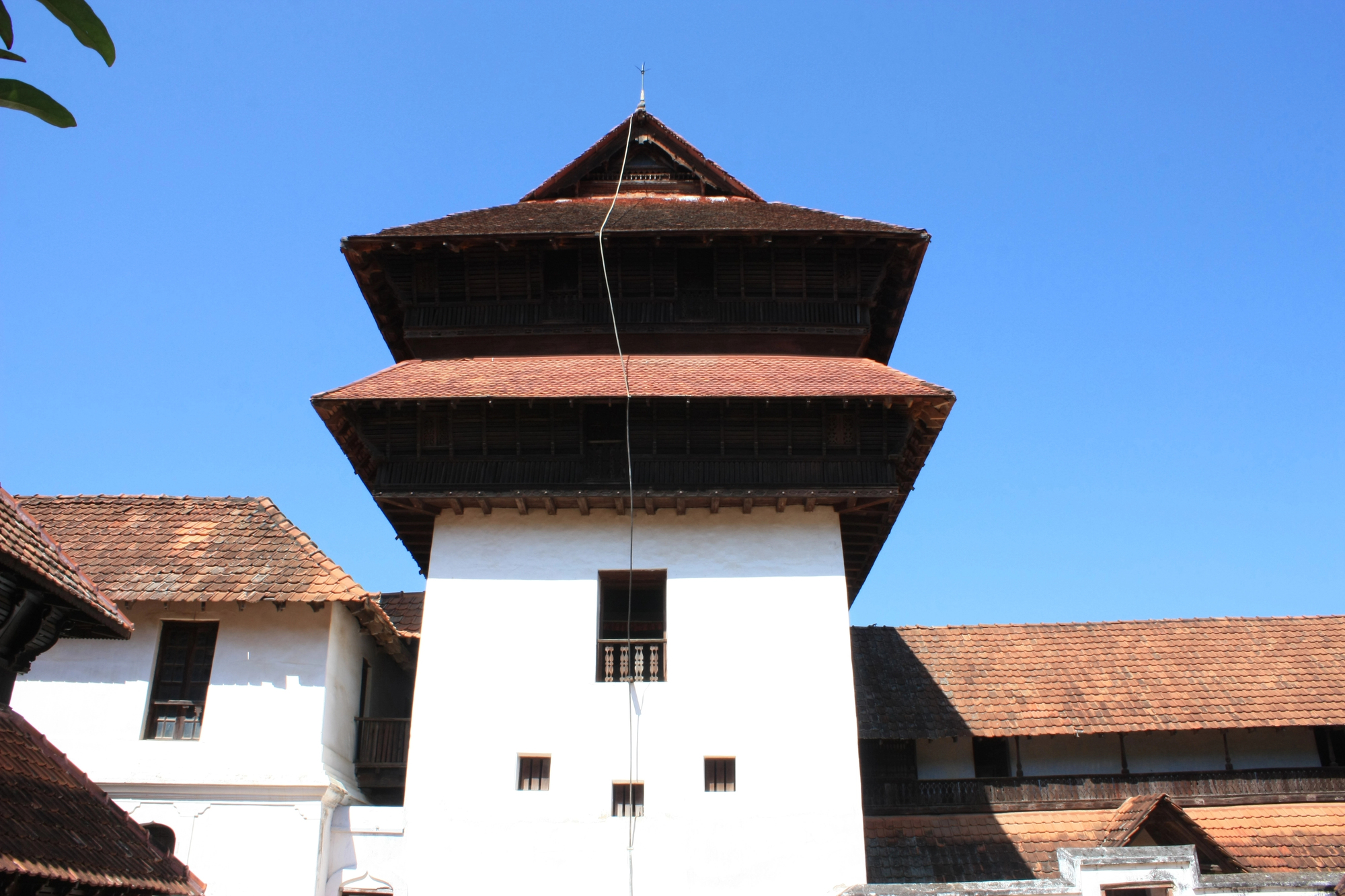
Technically just across the border in Tamil Nadu state, but still under Kerala administration, this wooden palace complex is a fine example of traditional Kerala architecture. Beautiful wooden decorative pieces, hardwood medicinal flooring, and granite ballrooms showcase craft techniques lost in the present day.
The cooling architecture of a natural kind makes use of courtyards and window placement strategy to create air movement, reflecting sophisticated environmental engineering techniques developed centuries ago. The order of century-old murals depicting Hindu mythological stories provides us with knowledge about the regional art tradition.
Silent Valley National Park

This pristine rainforest escaped hydroelectric development in the 1970s due to environmental activism, preserving one of India’s rare undisturbed ecosystems. The core zone is accessible only through special permits, which safeguard the endangered species like lion-tailed macaques and Nilgiri langurs.
The buffer zone offers excellent trekking options through diverse forest types, accompanied by trained naturalists. The park serves as an important watershed for the region while still offering a living laboratory for tropical ecology research.
Thrissur Pooram Festival
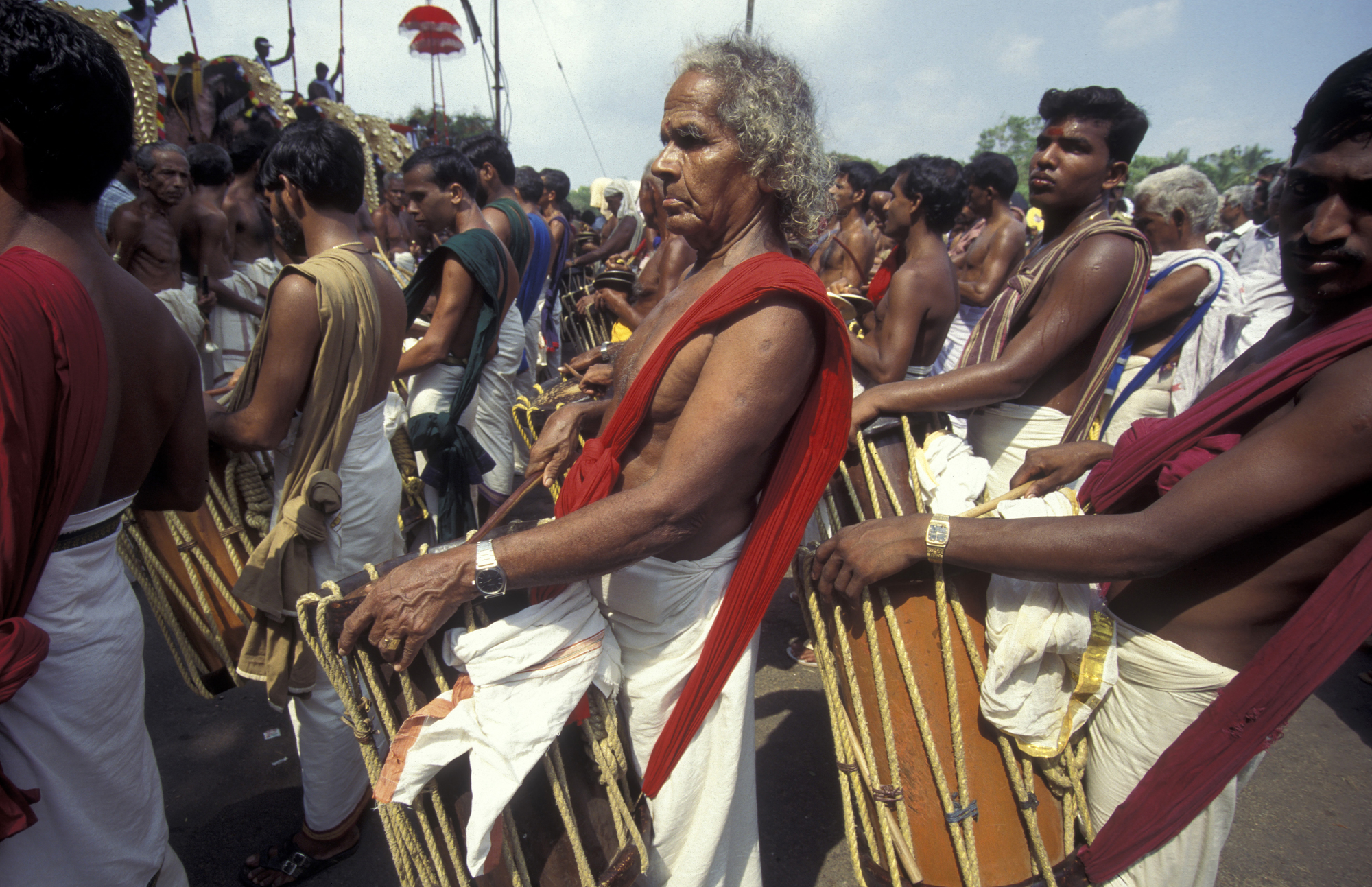
Considered Kerala’s most dazzling temple festival, this annual celebration features intricately decorated elephants, percussion troupes, and elaborate parasol displays. The competitive spectacle between two groups of temples gets more intense throughout the day, culminating in a breathtaking fireworks display.
The festival blends religious passion with artistry through the meticulous decoration of elephants with gold ornaments and colored fabrics. Even though timed events follow ancient traditions, the infectious energy created by thousands of participants makes every year’s celebration unique.
Like Travel Pug’s content? Follow us on MSN.
Marari Beach

This beach, which is near fishing villages, gives a genuine picture of coastal Kerala living with not much development. Walking around at dawn reveals fishermen offloading nets and getting boats ready, while women spread fish on racks on the beach to dry.
Several small Ayurvedic retreats near the beach offer traditional cures for well-being with native medicinal herbs and traditional techniques passed down through generations. The relatively undeveloped beach offers breeding grounds for the threatened Olive Ridley sea turtles, and there are conservation schemes actively protecting these places.
Varkala Cliff
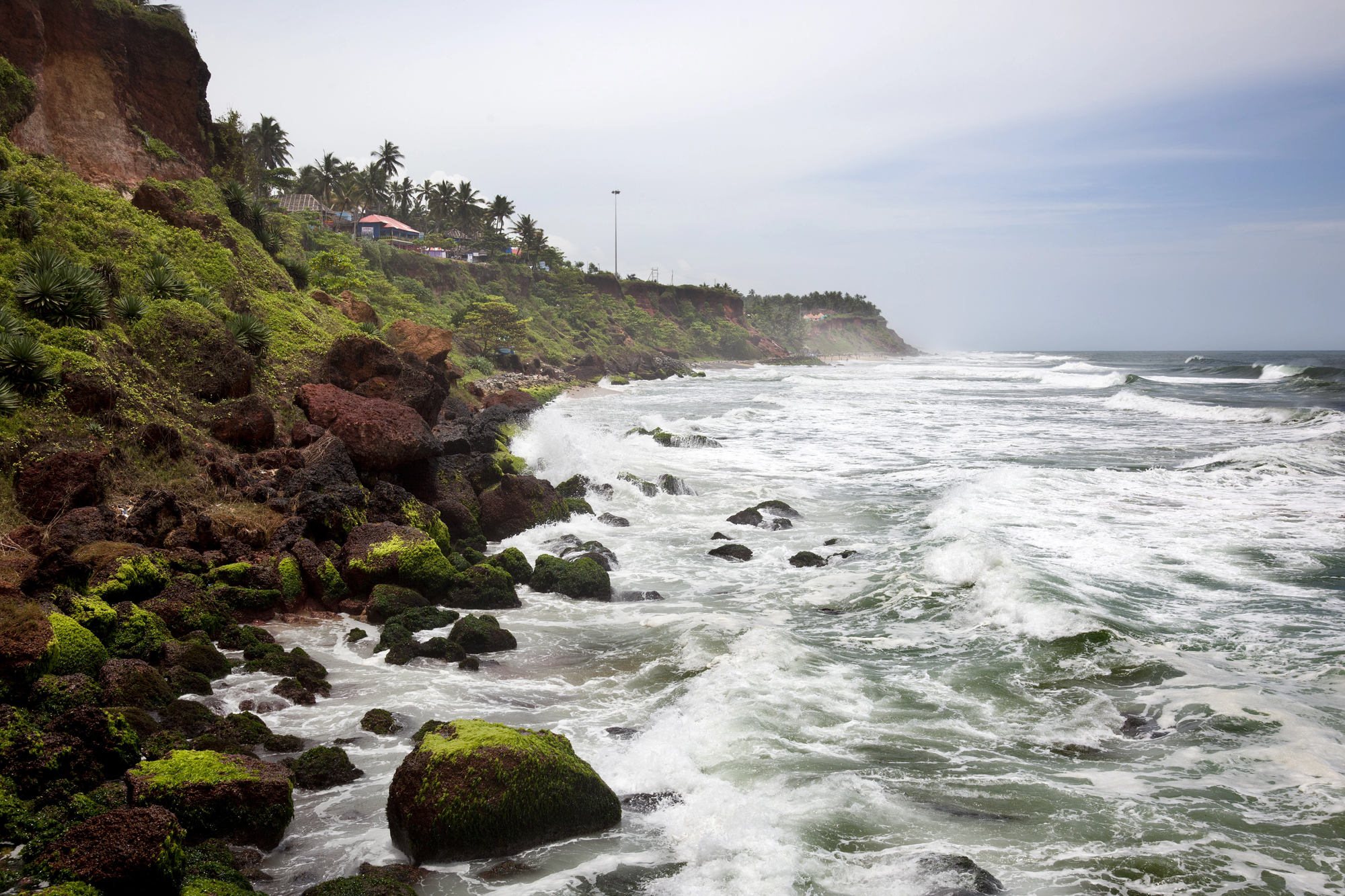
Red laterite cliff rises dramatically above an unspoiled beach, creating one of the state’s most scenic landscapes. An asphalted cliff-top promenade connects restaurants, shops, and lodgings to ocean-perched views with spectacular drama.
Near the cliff exist natural springs regarded as sacred to Hindus, which they bring their pilgrims to the ancient temple of Janardana Swami. The beach itself is still accessible through multiple stairways, the northern extent of which provides quieter sections that are favored by long-stay visitors who want yoga and Ayurvedic spa experiences.
Where Culture Meets Nature
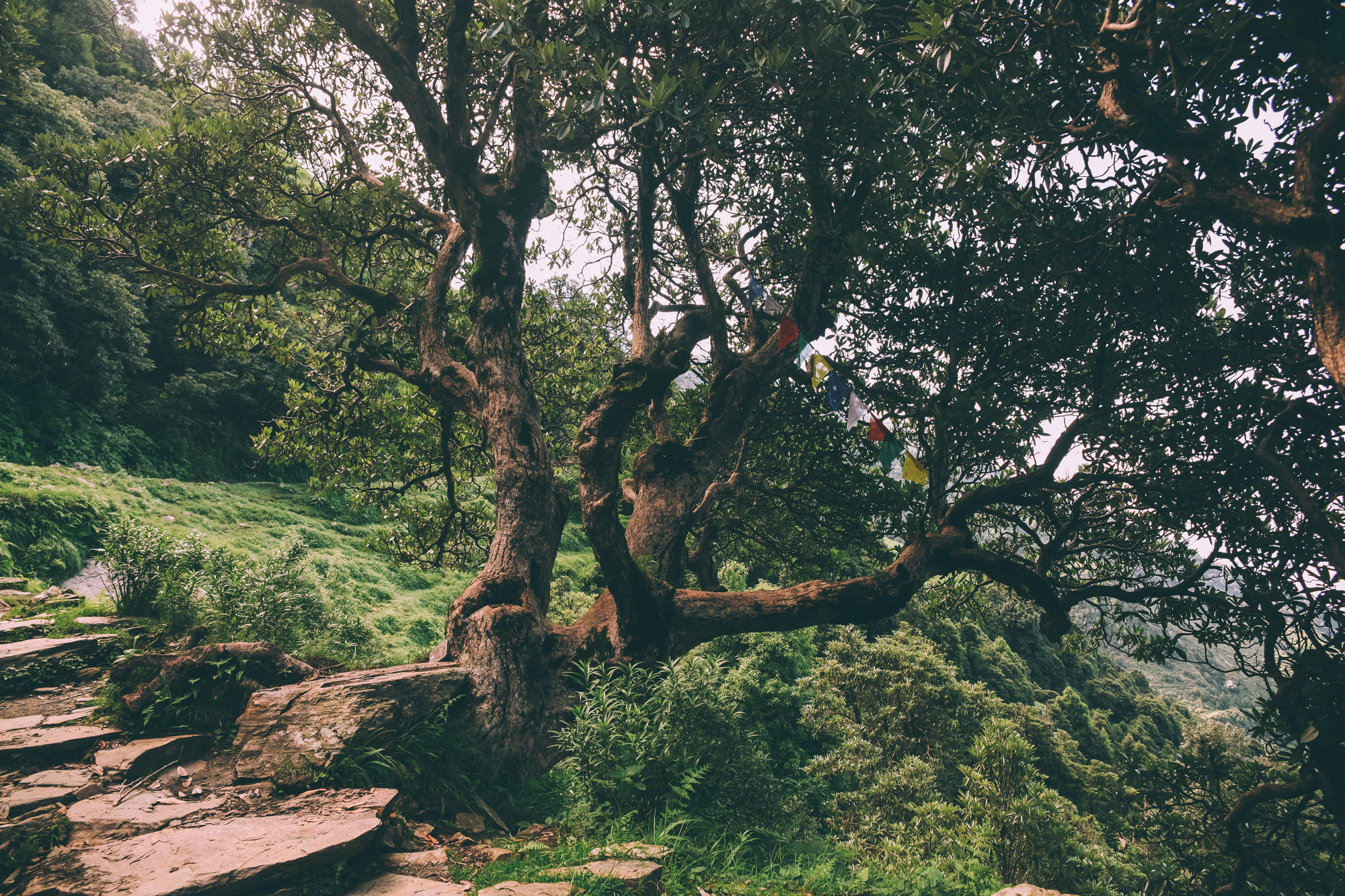
Kerala’s distinctive geography has shaped its development as a cultural melting pot in which various religious traditions, agricultural practices, and architectural styles blend in harmony. The state is invariably the most literate, longest-lived, and best-off in India on quality of life indicators, building a society that respects tradition and progress.
For travelers seeking genuine experiences beyond the tourist routes, Kerala offers affordable adventures combining rich natural scenery with genuine cultural immersion in what the locals call proudly “God’s Own Country.”
More from Travel Pug

- Cities Growing so Fast You Won’t Recognize Them in 10 Years
- 13 Destinations Where Tourists Regularly Regret Their Trip
- 16 U.S. Cities That Are Quietly Becoming Travel Hotspots
- Where to Travel If You Love Long Bus Rides and Daydreams
- 20 Cities Perfect for Solo Travelers Who Crave Adventure & Culture
Like Travel Pug’s content? Follow us on MSN.
